Cutting
Fabric cutting is the process of cutting large pieces of fabric into smaller, more manageable pieces that can be used for sewing or other textile-related projects. This process is typically done with a pair of scissors, a rotary cutter, or an electric cutting machine.
Fabric cutting is an important step in the jute manufacturing process, as it ensures that the fabric is the correct size and shape for the intended use. It is also a critical step in the jute products-making process, as it determines the accuracy and quality of the final product.
There are several techniques and tools used in fabric cutting, including straight cutting, bias cutting, and pattern cutting. Each technique requires different tools and skills and can be used to achieve different results.
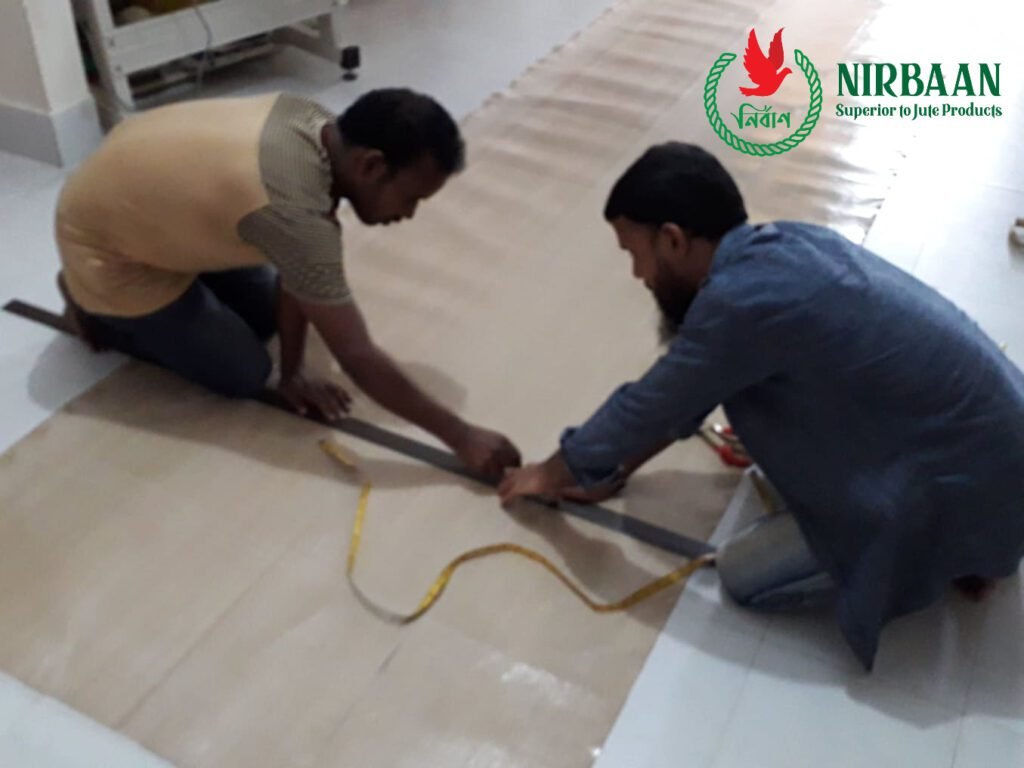
Fabric cutting by hand involves using a pair of scissors or a rotary cutter to cut the fabric into smaller pieces. This method is often used for smaller projects or for fabrics that are too delicate or intricate to be cut with a machine. If there is a necessity for a small pattern of cotton specially called the inner fabrics in the bag, then we have to cut the fabrics by hand.
To cut fabric by hand, first, the fabric must be properly prepared by washing and ironing it to remove any wrinkles or creases. Then, a cutting mat is typically used as a surface to protect the work area and to prevent the fabric from slipping.
Next, the fabric is carefully measured and marked with chalk or a fabric pen to ensure accuracy. The fabric is then held firmly in place with one hand, while the scissors or rotary cutter is used to cut along the marked lines with the other hand.
It’s important to use sharp scissors or blades when cutting fabric to ensure clean and accurate cuts, and to avoid damaging the fabric. Additionally, taking breaks and changing hand positions can help to prevent hand fatigue or strain.
Fabric-cutting machines are devices used to cut fabric quickly and accurately. They are commonly used in the jute industry for cutting large quantities of fabric. It’s important to properly prepare the fabric and to ensure the machine is adjusted and aligned correctly to prevent uneven cuts or damage to the fabric.
We usually use fabric-cutting machines for time-saving. Like if we go for hand cutting, it takes a long time to prepare the fabrics for sewing. But if we go for a machine cutting process it will take a very less time and give us a quick output.
PRODUCT MAKING
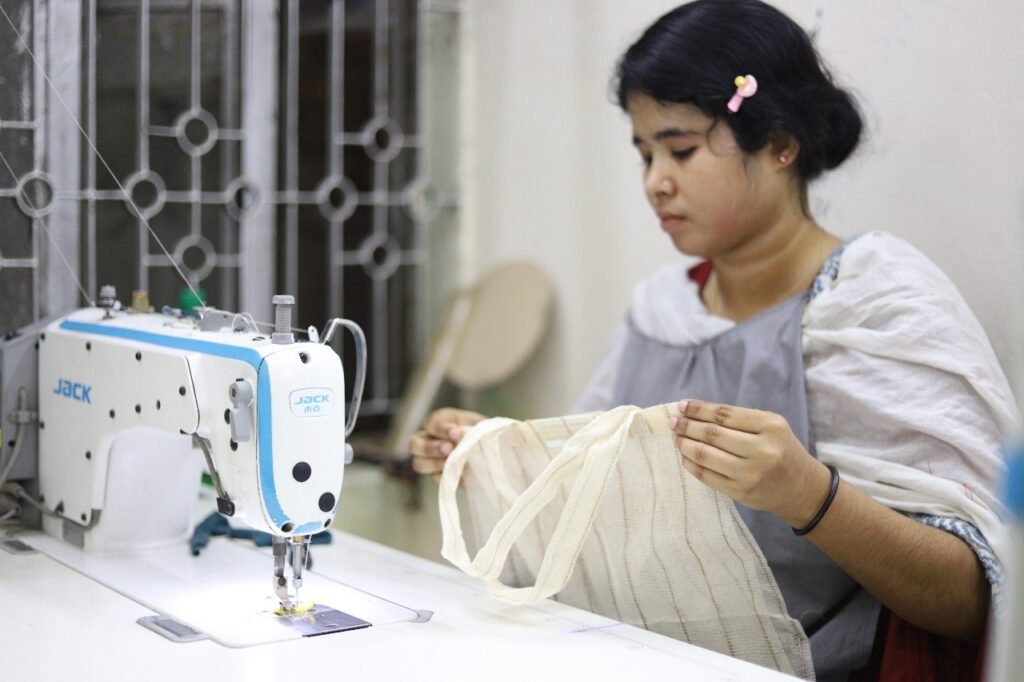 Nirbaan is an SME in the production of the jute-made goods sector that has been engaged in manufacturing high-quality jute shopping bags, backpacks, pouches, lunch bags and accessories since 2018, with a business strategy of sustainability and environmental protection. Our commitment to sustainable production and environment-friendly materials makes our products unique. We can make any kind of bag as per buyer demand. Mostly tote bags and beach bags are exported regularly. Because it feels like something amazing when someone carries a lot of things in a large jute beach bag. In addition, a beautiful tote bag can create a nice vibe also.
Our manufacturing operations ensure social security for all our artisans which includes fair wages for the majority of artisans and equal treatment. We strictly follow some rules in our work station like child labor is completely prohibited. Nirbaan has targeted the goal of providing its employees with ‘living wages’ within the first decade of its journey.
Nirbaan is an SME in the production of the jute-made goods sector that has been engaged in manufacturing high-quality jute shopping bags, backpacks, pouches, lunch bags and accessories since 2018, with a business strategy of sustainability and environmental protection. Our commitment to sustainable production and environment-friendly materials makes our products unique. We can make any kind of bag as per buyer demand. Mostly tote bags and beach bags are exported regularly. Because it feels like something amazing when someone carries a lot of things in a large jute beach bag. In addition, a beautiful tote bag can create a nice vibe also.
Our manufacturing operations ensure social security for all our artisans which includes fair wages for the majority of artisans and equal treatment. We strictly follow some rules in our work station like child labor is completely prohibited. Nirbaan has targeted the goal of providing its employees with ‘living wages’ within the first decade of its journey. 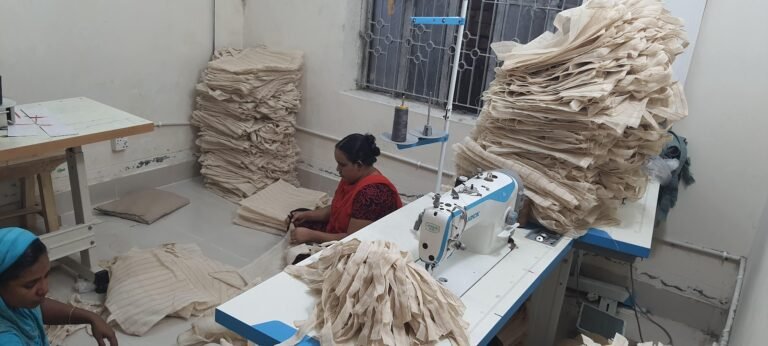
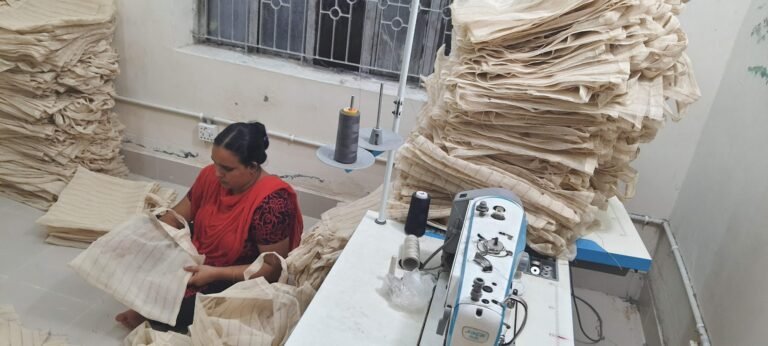
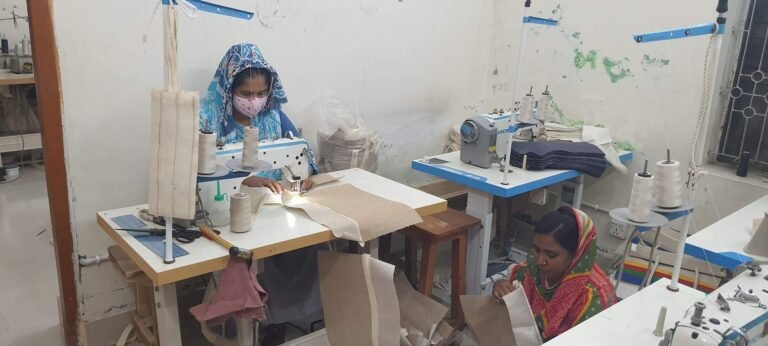
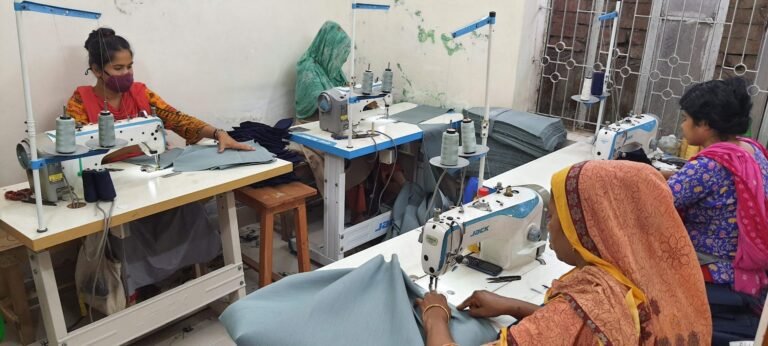
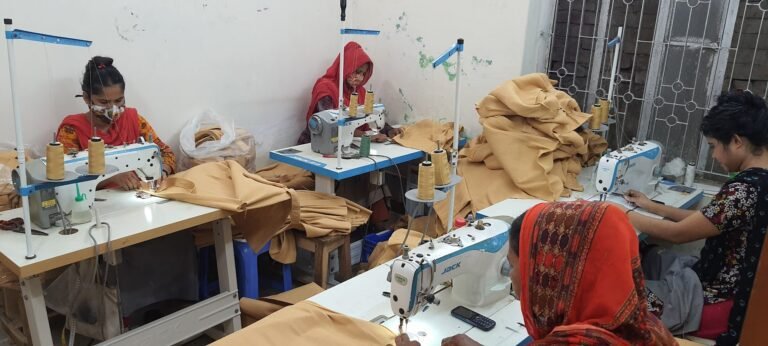
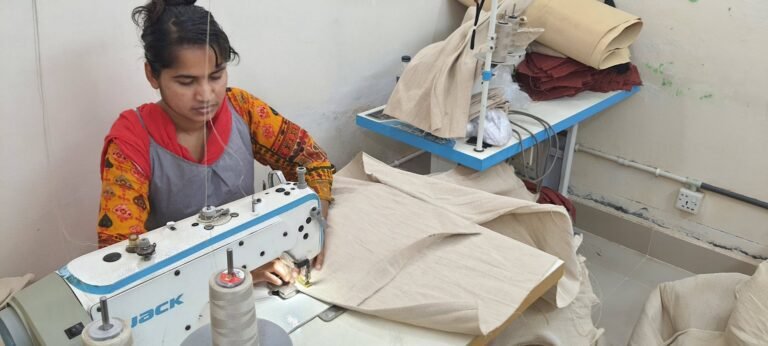
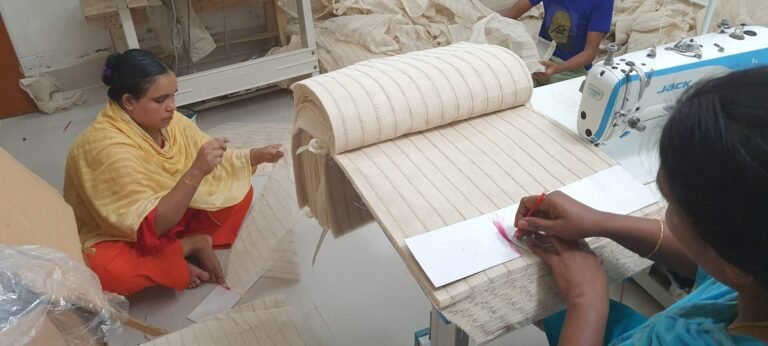
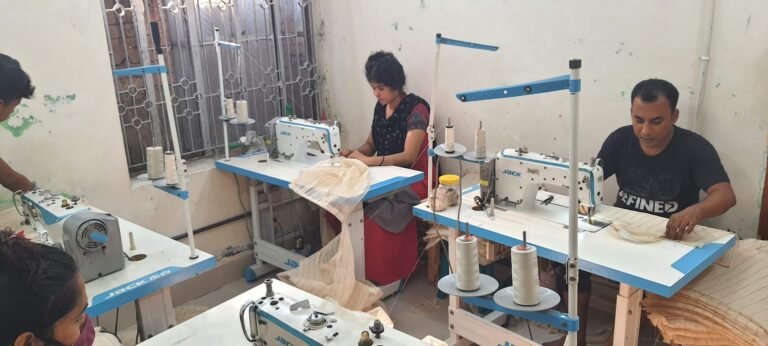
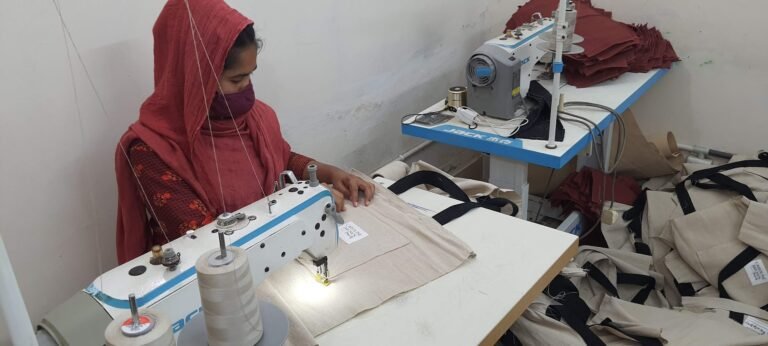
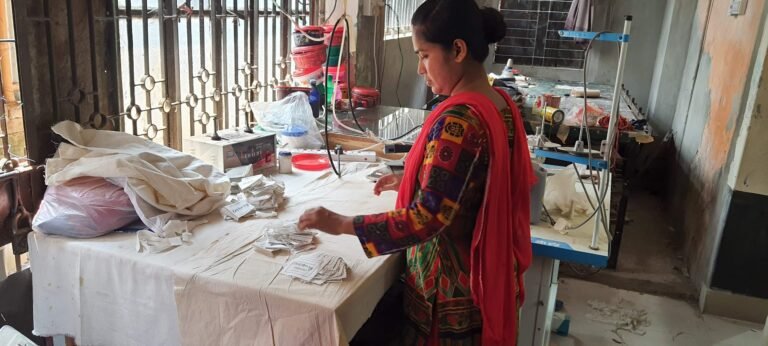
QUALITY CONTROL
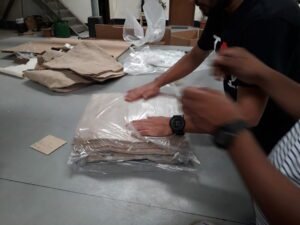 In manufacturing jute bags, quality control is a process that ensures clients receive products free from defects and meet their needs. When done the wrong way, it can put consumers at risk. So, we are fully careful about this. We always focus on how to increase loyalty and get repeat business. That’s why we focus on the quality of each bag. Even our buyers can visit anytime in our factory and check the products with their own eyes.
In manufacturing jute bags, quality control is a process that ensures clients receive products free from defects and meet their needs. When done the wrong way, it can put consumers at risk. So, we are fully careful about this. We always focus on how to increase loyalty and get repeat business. That’s why we focus on the quality of each bag. Even our buyers can visit anytime in our factory and check the products with their own eyes.
Quality control has been checked several times in production. The lineman checks the sewing quality where supervisor checks the process of the stitching segments. Then the extra threads are cut by the helper. When the finished products are ready, they come to the factory manager. The manager checks finally and co-ordination for packing the bags.
BULK ORDER PROCESS
We can produce any number of jute bags depending on buyers’ requirements. But before the bulk order production, we usually follow some processes. Like there is a bulk order of jute tote bags. As soon as we receive the work order for tote bags, we first look for assurance of the raw materials for the respective jute tote bag. When we secure the jute materials like fine jute fabrics usually known as FJF or jute cotton mix fabrics, we go for the next step.
The next step is production assurance. This is really important on both ends. Like for buyers’ end and also for our end. Buyers need to place the work order for the full order and we have to check our capacity from our end also. If there is a bingo, we go to the next level!
The next stage is sample development. We make the sample as per the design given by the buyer. Or as per the artwork given by the buyer. Then we make the sample and send it to the buyer by air freight. If the buyer confirms that the sample is okay then we go for production. If there is any change, we again make the sample and send it to the buyer.
After the sample approval, we go for production.
Buyer can check the production process by visiting our factory or he can arrange for another third party to check the quality of the products.
After the rest of the payment, we can dispatch the goods for shipment.
Steps:
- Assurance of raw materials
- Assurance of work order
- Sample development
- Sample confirmation
- Production
- Checking quality
- Final Shipment
